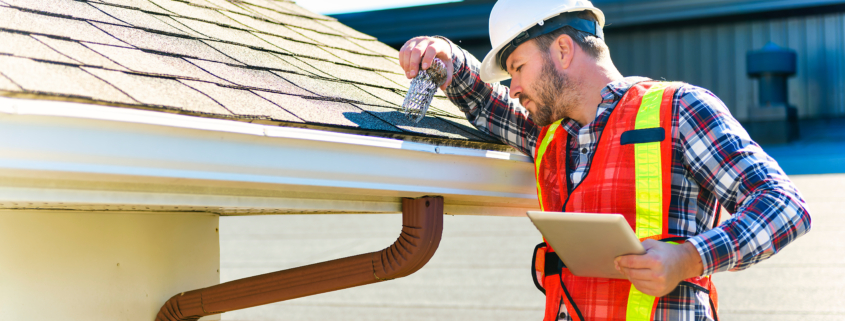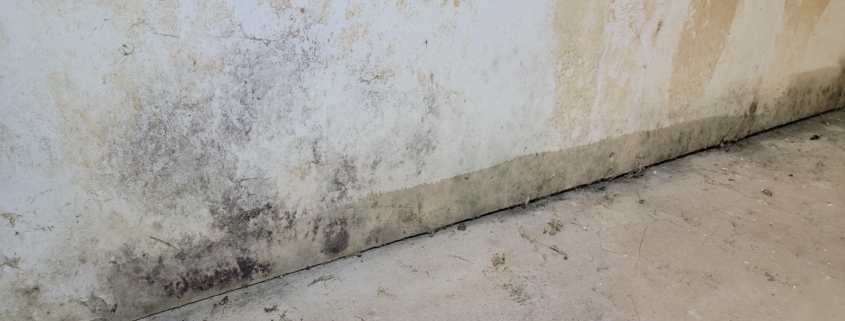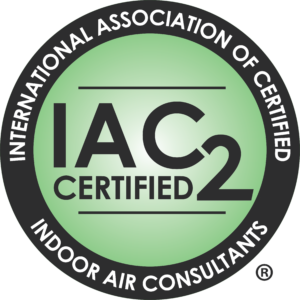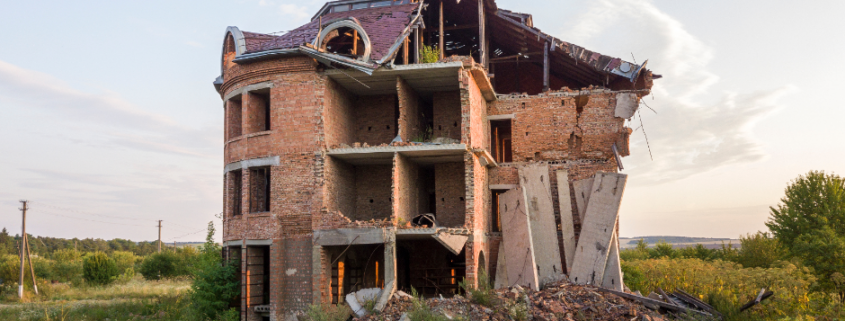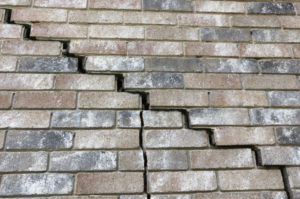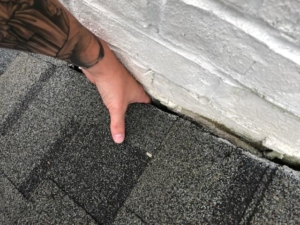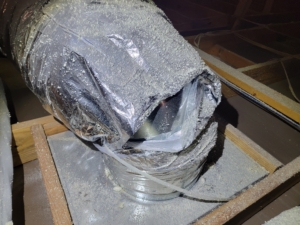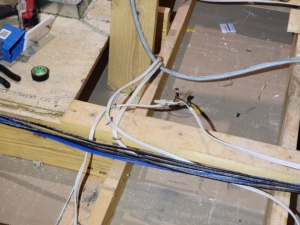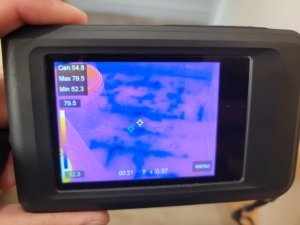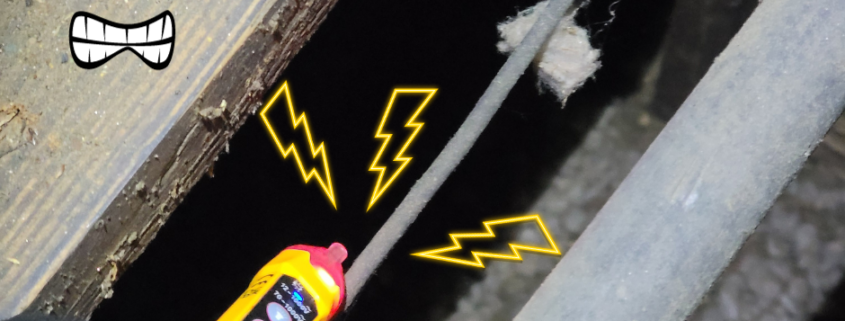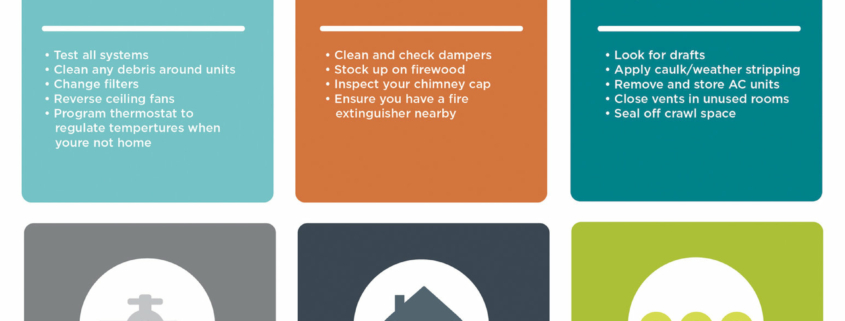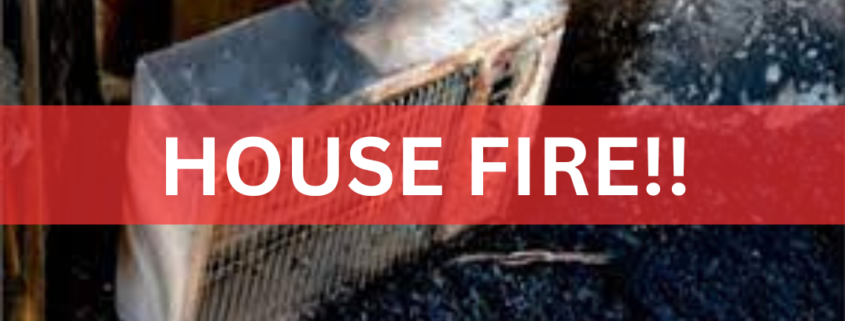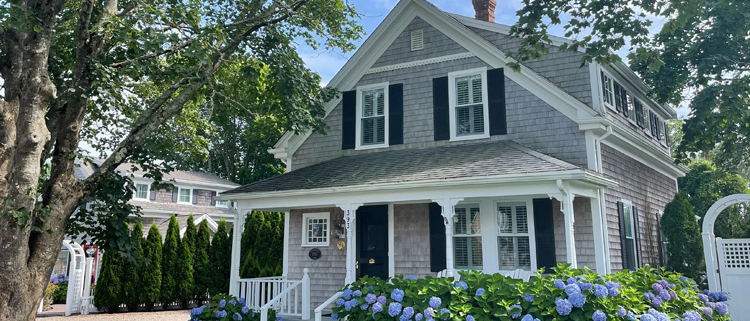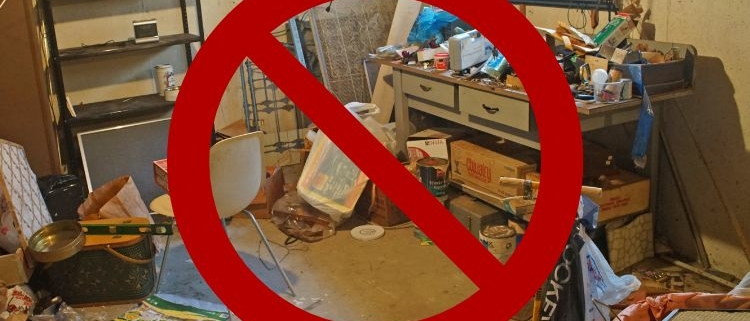Home Inspection Certifications 411: Ensuring Quality and Peace of Mind
In the realm of real estate transactions, home inspections serve as crucial checkpoints, providing buyers and sellers with valuable insights into the condition of a property. However, not all home inspectors are created equal. The quality of an inspection often hinges on the expertise and credentials of the inspector conducting it. In Georgia, anyone can say they are an inspector because it is not a regulated state where you must be licensed in that trade. This is why ensuring your inspector is highly qualified through training and experience for a thorough inspection is extremely important. Knowing how and where to look for those issues that may be extremely obvious comes with time, OJT, and the ability to utilize industry-leading technology/equipment.
In this comprehensive guide, we delve into the world of home inspection certifications, explaining their importance and why experience matters.
Understanding Home Inspection Certifications:
Before diving into the significance of certifications, let’s first define what they entail. Home inspection certifications are credentials obtained by inspectors through rigorous training, education, and examination processes (in applicable areas). These certifications validate an inspector’s competence in assessing various aspects of a property.
The Importance of Certified Home Inspectors:
- Ensuring Compliance and Professionalism: Certified home inspectors adhere to industry standards and ethical codes of conduct, ensuring that inspections are conducted with integrity and professionalism.
- Comprehensive Expertise: Certified inspectors undergo extensive training and education, equipping them with the knowledge and skills to identify potential issues that less experienced inspectors might overlook.
- Accurate Assessments: Certification programs cover a wide range of inspection techniques and methodologies, enabling inspectors to provide thorough and accurate assessments of a property’s condition.
- Peace of Mind for Clients: Hiring a certified home inspector instills confidence in clients, assuring them that their investment is in capable hands and that any issues uncovered during the inspection will be properly addressed.
- Navigating Complexities: Properties can vary significantly in terms of age, design, and construction materials. Certified inspectors possess the expertise to navigate these complexities effectively, offering tailored inspection services to meet the unique needs of each client.
Knowing the Home inspection Process:
As a new home inspector, understanding the intricacies of the inspection process is crucial for providing thorough and reliable service. Here’s a detailed explanation steps in the home inspection process:
- Pre-Inspection Preparation: Before heading to the property, ensure you have all the necessary tools and equipment for the inspection. This includes a flashlight, ladder, electrical testers, moisture meter, and any other specialized tools relevant to the property’s features. Review any documentation provided by the client, such as disclosure statements or previous inspection reports, to gain insight into the property’s history.
- Exterior Inspection: Start by assessing the exterior of the property. Inspect the roof for signs of damage or deterioration. Check the condition of the siding, windows, doors, and gutters for any defects or areas of concern. Evaluate the grading and drainage around the property to ensure water is properly directed away from the foundation.
- Interior Inspection: Systematically inspect each room, including walls, ceilings, floors, and windows. Test light switches, outlets, and fixtures to ensure they are functioning properly. Check for signs of water damage, mold, or pest infestations, especially in areas prone to moisture such as bathrooms and basements.
- Structural Inspection: Evaluate the structural integrity of the property, including the foundation, framing, and support systems. Pay close attention to the attic and crawlspace areas, as these can reveal hidden issues with the property’s structure.
- Mechanical and Electrical Inspection: Inspect the property’s mechanical systems, including the heating, ventilation, and air conditioning (HVAC) systems.
- Plumbing Inspection: Assess the property’s plumbing system, including pipes, fixtures, and water heaters. Look for leaks, corrosion, or other signs of damage in both visible and accessible areas. Test faucets, toilets, and drains to ensure they are functioning properly and check for adequate water pressure throughout the property.
- Documentation and Reporting: After completing the inspection, compile your observations into a comprehensive report. Include both positive aspects of the property and any deficiencies or recommended repairs, along with any relevant photographs or diagrams to support your findings.
By following these steps and conducting thorough inspections, you’ll be able to provide valuable insights to your clients and help them make informed decisions about their real estate investments. Continuously strive to improve your skills and knowledge as a home inspector to ensure you deliver the highest quality service possible.
How to become a Certified Home Inspector:
There are several routes to becoming a certified home inspector. Options range from online courses from places such as InterNACHI, ICA, or other organizations to in-person training or hybrid classes for a mix to accommodate busy schedules. If you are interested in becoming a certified inspector please let us know if you have any questions. Our team at Lifeline Inspection Services loves to pour in to our industry and support individuals looking to make a career change.
home inspection certifications, certified home inspectors, importance of certifications, professional home inspections, qualified inspectors

